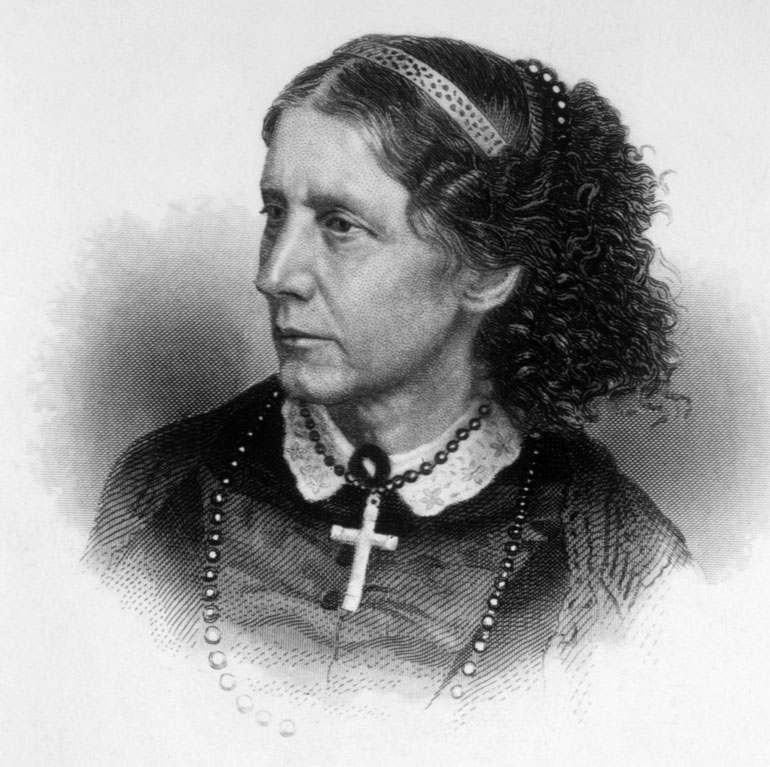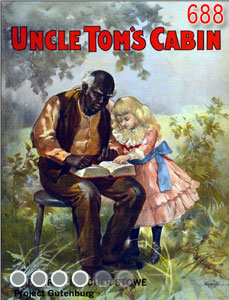Uncle Tom's cabin

Harriet Beecher Stowe.
Uncle Tom's Cabin is also known as Life Among the Lowly. It was written by American author Harriet Beecher Stowe as a novel to describe what she saw as the horrors of slavery, but in a way that made accessible reading to all. It was published in 1852, and it was very widely read. In fact, only the Bible was more widely read in America in the 19th century. It encouraged anti-slavery forces in the American North, but caused anger in the American South. Some people think it was so influential, it was even partly responsible for the American Civil War.
Harriet Beecher Stowe was born in Lichfield, Connecticut. She was a school teacher and had several reasons for writing the book. She was actively against slavery, but she was also an activist for Christian love and women's rights, and in effect behaved something like a missionary. Some people would now see the Uncle Tom's Cabin novel as very sentimental, but you have to remember that this style of writing was commonplace in the 19th century.
There is an unconfirmed story that, when President Abraham Lincoln met Harriet Beecher Stowe at the beginning of the Civil War he said "So this is the little lady who started this great war."
When Harriet Beecher Stowe was 21 she moved to Cincinnati, Ohio. But this was already a place in turmoil. Irish immigrants had arrived to work on the canals and to profit from the Canal barge trade. But this was also where many free blacks or escaped black slaves had moved, in order to get the same jobs. As a result the Irish attacked the blacks because they saw them as taking away their jobs. So part of what Harriet Beecher Stowe wrote in Uncle Tom's Cabin was a result of the attacks and her speaking to blacks in the city. She did not go to the South herself until five years after the Civil War had ended.
The story was not published as a book to begin with. As with so many stories of the day, it was first serialised in a newspaper, in this case the 'National Era'. It was published in installments between June 5, 1851 and April 1, 1852. This had the effect of getting the story to a much wider audience than normal, and also keeping the story alive for nearly a year. That is really why it was so influential. The book was a bonus. The book still sold a third of a million copies in the United States in its first year of publication, but it sold three times as many in the United Kingdom, where slavery had been abolished nearly half a century before, but where the newspapers had not serialised the novel.



